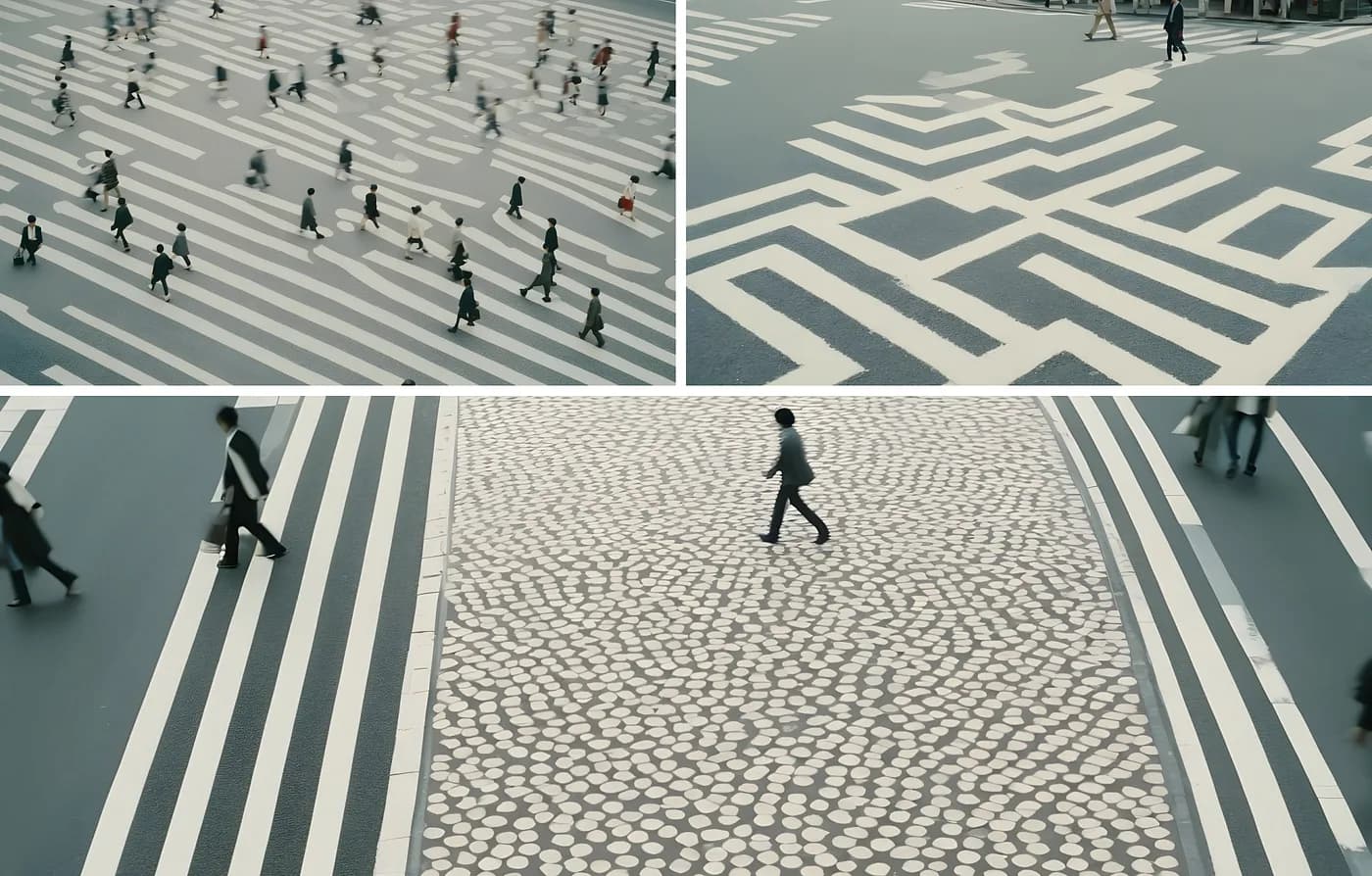- Published on
Building Consistency: Why Design Systems Matter for Better User Experiences
Imagine walking through a city where every street crossing looks different. One has dots, another has bright zigzags. Confusing, right? That is what a website or app feels like when it does not have a design system. Everything looks and behaves differently, making users feel lost.

Now think about a zebra crossing with the same black and white pattern everywhere. You know exactly what to do.
That is the power of consistency. A design system does the same for digital products. It keeps colors, buttons, and layouts consistent so users can trust and enjoy the experience.
What Is a Design System?
A design system is a shared library of reusable components and clear rules.
It usually includes:
- Colors, typography, and spacing
- Buttons, cards, and forms
- Guidelines for how each element should look and behave
It helps designers, developers, and managers speak the same language.
Instead of guessing, teams know exactly how to build pages that look and feel right, quickly and consistently.
How to Create a Design System
Building a design system takes planning and teamwork. Here is a simple process you can follow:
- Define Core Principles: Set your visual rules and brand identity.
- List Reusable Components: Create a library of design elements for reuse.
- Write Clear Guidelines: Explain how and when to use each element.
- Review and Update Regularly: Keep improving as your product grows.
- Encourage Collaboration: Let your team share feedback and new ideas.
A good design system grows with your company. It is not a static file but a living tool that evolves over time.
Is a Design System Right for You?
Creating a design system takes effort, so it is most useful when:
- You manage multiple products or websites
- Your team is growing fast
- You want to save time and money by reusing design elements
If you only have one small product, a simple style guide might be enough.
But if your business is scaling, a strong design system keeps your brand consistent and saves money long-term. It also prevents design chaos that slows teams down.
Top Design Systems to Learn From
If you want inspiration, check out these examples:
- Material Design by Google
- Carbon Design System by IBM
- Atlassian Design System
- Apple’s Human Interface Guidelines
More great resources to learn from:
- A Comprehensive Guide to Design Systems by InVision
- 12 Leading Design Systems and What You Can Learn From Them by Dribbble
- What Are Design Systems? by the Interaction Design Foundation
If you are still unsure, think about this: a design system may seem expensive at first, but the long-term savings in time and consistency are worth it. Managing inconsistent designs can be far more costly.
Conclusion
At DAASP, we help companies build design systems and front-end solutions that make every interaction simple and consistent.
Whether you are just starting or growing fast, our team can create a system that fits your needs.
👉 Ready to create consistency and grow your brand? Learn more at DAASP.co